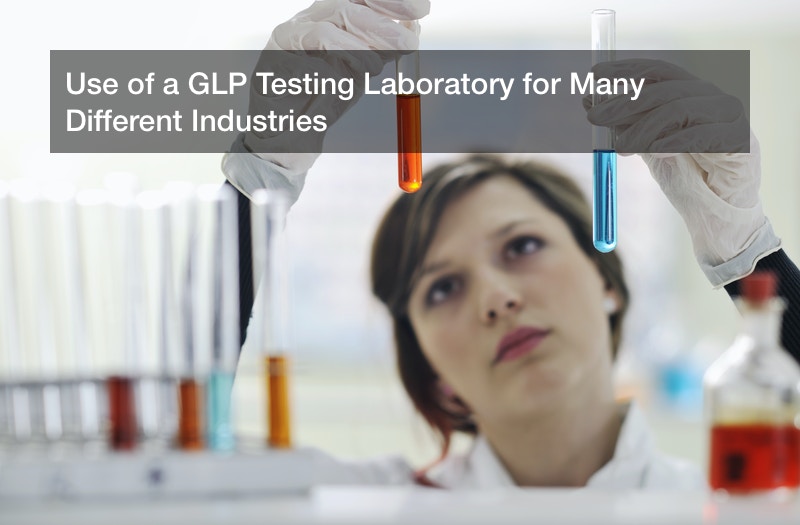
Well, there is so much to consider in all sorts of testing in the medical field today. Whether it is for medical research, patient needs, or even for tests completed as requirements of employment, there is definitely one key point that comes along with all of this testing, and that list labeling. Many different types of labels are essential to help ensure that everything is recorded properly through every step of the process, even if it is included in testing across other fields in addition to medicine.
Labeling is an American industry all its own, with many different labeling processes included in a GLP testing laboratory and many others. These include chemistry, food packaging, pharmaceuticals, and hundreds of others of which the American corporations own about half the global market. We are also the largest producer of chemical products in the world, hiring over 800,000 in the many different areas of this industry, most predominantly pharmaceuticals. And for that reason, we have a great need for labeling like 14c labeling and radiolabeling in many different fields.
14C Labeling and Radiolabeling for a GLP Testing Laboratory or Others
Now, you know that a GLP testing laboratory is available for many different types of tests across various industries. Even more than this, tests are often needed during research for pharmaceutical development, chemical tests, medical labs, and many others. Therefore, labeling all samples is one of the most important factors throughout these tests, especially to make sure that different samples are recorded for the specific test results that are needed. Many benefits come from existing for 14C labeling, or radiolabeling, especially from the specific materials that create the labels and the products it is used to label and package. This labeling approach sensitively assesses recrystallization rates of biogenic carbonate such as shell carbonate, within a reasonably short time period. 14C labeling provides a useful tool to examine the effects of individual factors on shell carbonate recrystallization.
Labeling Materials in the GLP Testing Laboratory
Various types of carbon are needed for the different labels that are used during all testing processes, including Carbon-14 or radiocarbon, all ensuring the guarantee of samples being radiolabeled. Knowing that carbon 14 is a radioactive carbon isotope including an atomic nucleus containing 6 protons and 8 neutrons, it is also a key element or isotope used in radiolabeling, basically the same as those used in organic materials during the radiocarbon dating method. This was developed in 1946 with Willard Libby as a method used to date archaeological, geological and hydrogeological samples. Even more than scientific dating, these labels are now able to use radiocarbon for the improvement of labeling processes for pharmaceutical and other products.
Further History on Radiocarbon and Dating
With all carbons and organic materials in the basis of the radiocarbon dating method pioneered by Willard Libby around 1946 in order to date archaeological, geological and hydrogeological samples. Even more than scientific dating, these labels are now able to use radiocarbon for the improvement of labeling processes for pharmaceutical and other products.
A fume hood sits in the laboratories where radiocarbon is used for any of a number of processes. It can date many objects as old as 62,000 years, while there are many processes that help with dating and labeling in various scientific laboratories and even the pharmaceutical industry and other chemical areas. Now, it is important to see all of the different labeling processes that are related to radiocarbon and the effect it has on either protecting products or dating historically relevant materials that have been found throughout the earth. Some of these include the following:
- C14 radiolabeling
- Custom radiolabeling
- GMP quality assurance
- API GMP
- ICN radiochemicals
While there are many processes that may assist in the development of these materials, within a GLP testing laboratory or another location where 14C labeling or radiolabeling is used. With all of the radiolabeled compounds that are used, the cleanroom standards of all these labs are also quite important. All locations where radiocarbon is used must be clean and verified by quality assurance in order to make sure that processes are completed accurately. Fume hoods are required for use of these rooms, as well as annual inspection of their quality and air control, along with meeting OSHA standards.
